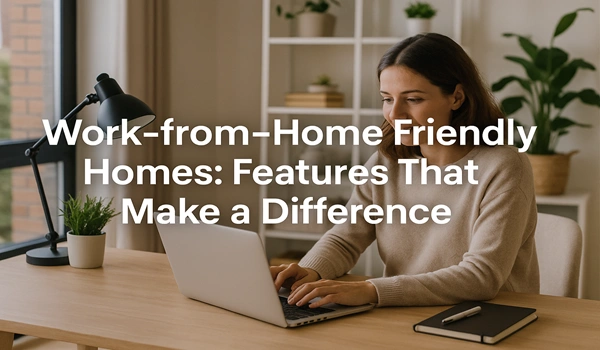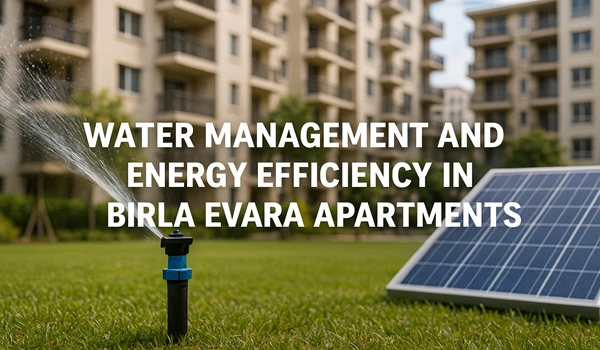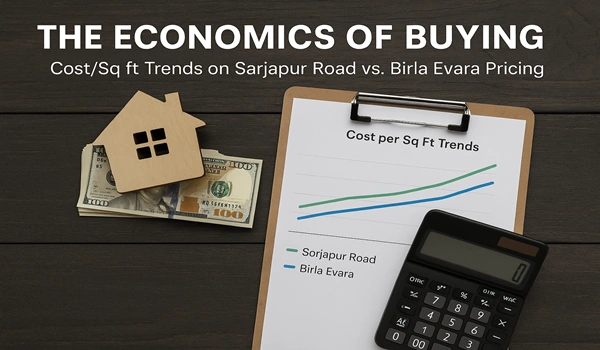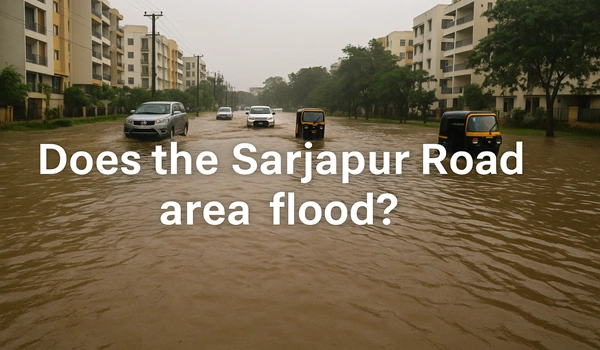Importance of Low-Density Living in High-Growth Corridors
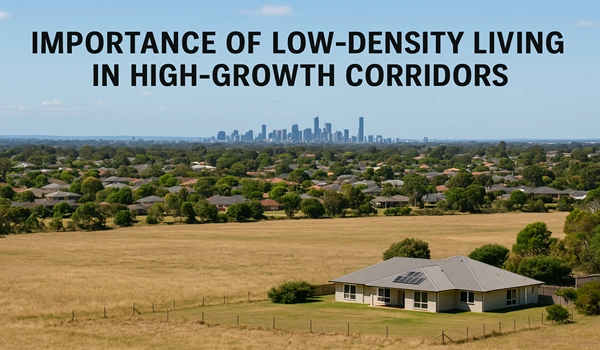
As urbanization accelerates across major Indian cities, the need for comfortable, spacious, and balanced residential environments becomes more important than ever. In rapidly developing regions such as Sarjapur Road in Bangalore, high-density housing has long been the norm due to the surge in demand from IT professionals and growing urban populations. However, a noticeable shift is occurring—homebuyers are now seeking low-density living environments that offer enhanced quality of life, privacy, and long-term investment value.
Projects like Birla Evara, located in the peaceful surroundings of Kodathi Village, reflect this emerging preference for low-density developments in high-potential corridors.
What Is Low-Density Living?
Low-density living refers to residential developments designed with fewer housing units spread over a larger land area. These projects typically offer:
- Larger open spaces
- Lower congestion
- Better air quality and ventilation
- Increased privacy and community interaction
- Superior lifestyle infrastructure
The goal is to keep a healthy balance between built-up space and natural surroundings.
Rising Importance in Growing Urban Zones
In growth corridors like Sarjapur Road, the demand for residential space continues to rise due to nearby IT hubs, educational institutions, and connectivity to employment zones. While this growth is welcome, it also brings challenges such as overcrowding, traffic congestion, and reduced green cover.
Low-density projects help counter these issues by:
- Reducing stress on infrastructure
- Supporting better traffic flow and planning
- Preserving ecological balance
- Promoting sustainable urban development
Locations such as Kodathi Village offer ideal settings for low-density formats, with access to urban amenities while retaining a peaceful, less congested environment.
Lifestyle Benefits of Low-Density Communities
Residents of low-density communities often enjoy:
- Enhanced recreational spaces such as parks, walking trails, and clubhouses
- Reduced noise levels and better security
- Healthier living environments with more greenery
- Greater potential for community engagement
In projects like Birla Evara, this translates to a living experience that combines modern infrastructure with the calming presence of nature.
Long-Term Investment Value
Low-density developments typically offer better long-term value due to:
- Slower depreciation of quality and amenities
- Increased demand for spacious living in urban markets
- Higher rental and resale potential among premium buyers
- Improved upkeep and aesthetics due to limited occupancy
In a city like Bangalore, where space is at a premium, projects offering generous layouts and thoughtfully designed spaces hold significant future potential.
Why Locations Like Kodathi Village Are Ideal
Kodathi Village, situated off Sarjapur Road, is witnessing planned growth with:
- Proximity to major tech parks, ORR, and Electronic City
- Access to reputed schools, hospitals, and commercial hubs
- Availability of large land parcels for organized development
- Lower pollution and a more serene atmosphere compared to core city areas
These features make it well-suited for modern low-density housing formats.
Low-density living is emerging as a preferred choice in Bangalore’s high-growth corridors. As cities expand, the focus is shifting from merely owning a home to owning a better way of life. In areas like Sarjapur Road and Kodathi Village, developments that prioritize open space, low congestion, and sustainable planning are setting new benchmarks for urban living.
Birla Evara embraces this vision, offering a low-density residential experience that supports both lifestyle and investment goals. With strategic location advantages and a thoughtfully designed living environment, such developments are redefining what it means to live well in a growing city.
